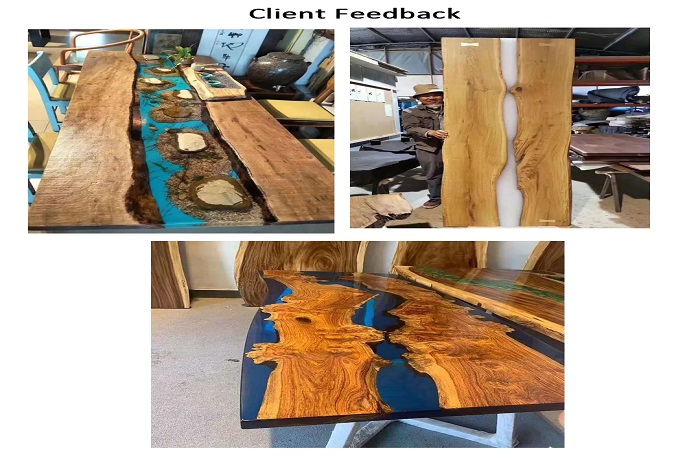Update:The water resistance of water-based coatings directly depends on the water-based resinWater resistance is a huge obstacl...
The water resistance of water-based coatings directly depends on the water-based resin
Water resistance is a huge obstacle to the further application of water-based wood coatings. As the main film-forming material of water-based wood coatings, the performance of water-based resins is directly related to the water resistance of the coatings. Therefore, it is very important to choose a good
water-based resin.
Common disadvantages of poor water resistance
1. Cup mark
Refers to the cup-shaped imprint formed by the paint film swelling and softening due to water, and then formed under the pressure of the cup. It often appears in water-based paints, while oil-based paints basically do not appear this phenomenon.
Solution:
(1) Use polyurethane resin emulsion
(2) Self-crosslinking can increase the crosslinking density of the water-based paint film and reduce the appearance of cup marks
(3) Use a primer with strong waterproof swelling and softening
2. Bubbling
Bubbling is a serious water resistance problem and is a direct consequence of the vaporization and expansion of water inside the coating. Water vaporizes into water vapor under the action of high temperature, and the gap between the molecules becomes larger and the volume becomes larger. If the paint is more elastic, it will form bubbling, and if the elasticity is small, it will break directly.
Solution:
(1) Use acrylic emulsion
(2) Use polyurethane modified emulsion
3. Whitening
Whitening is a common problem in water-based wood paint, which means that the paint becomes white and discolored and cannot be returned, especially in the oil bottom water surface.
Solution:
(1) Introduce a suitable crosslinking agent or curing agent
(2) Use single-component water-based resin with excellent water-whitening resistance

